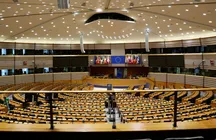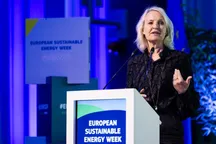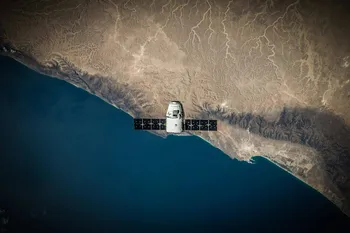Background and scope:
The ever-growing orbital population of satellites and space debris poses increasing challenges to space infrastructure. The density of space objects amplifies the risk of orbital collisions, unexpected fragmentation events and re-entries that may result in the degradation of space assets, hindering the services they deliver and, thus making Earth orbits unusable.
Debris growth is escalating with more than 2,500 non-operational satellites, 36,500 space debris pieces bigger than 10 cm and 1 million pieces of debris between 1-10 cm in Earth's orbits. Collision avoidance manoeuvres for satellite owners has doubled and is expected to grow. Continuous trajectory changes of spacecraft will result in insufficient fuel for deorbiting, critical end of life spacecraft manoeuvres and any other remediation or in-space mobility activities. In-space recycling of dysfunctional orbital assets will provide an opportunity for space assets re-utilisation and in-space refuelling.
This challenge addresses the long-term emerging need for green, compact and affordable de-orbiting solutions and in-space recycling of space debris.
Space systems and services in the EU are critical infrastructures that need to be better protected Still, the level of protection of space assets varies across Member States, and there is a need to expand the scope of EU actions.
In this context, the need
...






